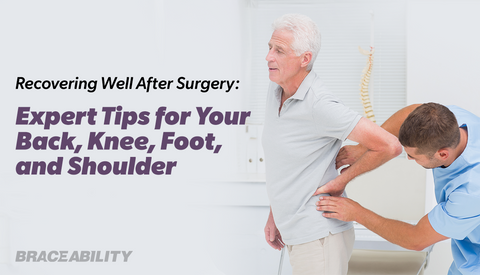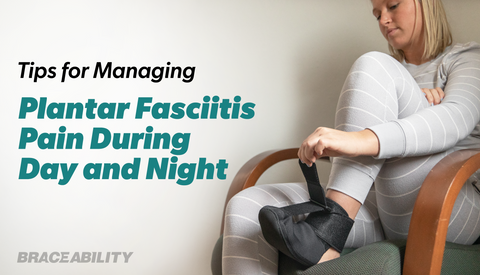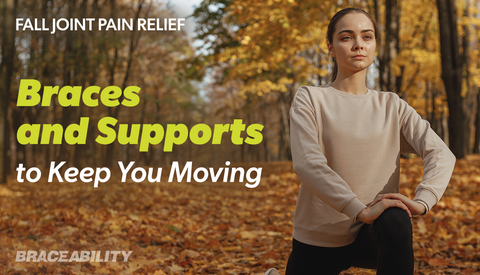Does Riding a Horse Hurt Your Back? Here Are 10 Ways to Cope
Whether you are an avid horseback rider or someone who is just beginning to ride, it’s important to be aware of some of the more common equestrian injuries (like SI joint damage) and, even more important, what you can do to prevent or treat them so you can get back to riding, free of back pain.
Common Horseback Riding Injuries
Horseback riding is not without its risks, especially if you’re involved in some of the more extreme versions of it, like jumping or cross-country riding. The combination of a tall, heavy animal that can be spooked and travel as fast as 30 miles per hour makes an injury a very real possibility. In fact, horseback riding has a higher injury rate than motorcycle riding.
What are these injuries? The more common ones are traumatic injuries stemming from a fall or kick to the upper body, like the wrist, elbow, head or shoulder. Injuries to the lower body are less common, outside of the rodeo circuit.
You should also note that you can just as easily be injured in the stable when feeding, grooming or otherwise caring for your horse.
Outside of injuries related to a fall, kick, etc., frequent riders are also more susceptible to a couple of different spinal back conditions. Often, this discomfort is centered in the lower back, with a herniated disc being one of the more common injuries. Sacroiliac joint pain otherwise referred to as SI joint dysfunction, is another fairly common back injury.
What Is SI Joint Dysfunction?
You have two SI joints located at the bottom of your spine connecting the two iliac bones to your sacrum. Unlike most of the joints in your body, these are not meant to be mobile. When these joints move too much or too little, inflammation can occur, resulting in discomfort.
"There are many reasons your SI joints may hurt after a long ride on your horse."While riding, you can’t put your feet on a hard surface to help absorb the shock of your hips from riding your horse. This, in turn, places extra strain and tension on the SI joints in your hips.
If your core strength is lacking, you may have too much motion in some areas that in turn lead to too much motion elsewhere. So if your hips are not able to move properly in line with the motion of your horse, that movement will be absorbed elsewhere, leading to pain in the low-back and hip.
And when you’re done riding, dismounting can also place a lot of pressure on these joints—especially since you're twisting your lower spine and hips as you prepare to dismount.
Symptoms of Sacroiliac Joint Problems
- Pain located in the back of the hips
- Groin or thigh pain
- Difficulty or trouble sleeping through the night
- Balance issues
- Stiffness
- Burning sensation in your pelvis
- Pain that is worse in the morning
This post goes into more detail on some of the common signs and symptoms of SI joint pain.
10 Ways to Treat Your SI Joint Pain from Horseback Riding
While I’m definitely not suggesting you stop doing what you love, I am advising a few different ways to help ease your si joint irritation.
- Try ice and heat therapy - Applying a combination of both hot and cold therapy is the first step in treating your pain from SI joint dysfunction. The cold will reduce swelling, whereas the heat will increase the blood flow to your joints. If you’re looking for an easy way to apply both therapies to your lower back, try our heat and ice therapy pain wrap that also compresses and supports the back and has pockets to hold gel packs that can be frozen or heated up.
- Take anti-inflammatory medications - Taking such medications can help reduce the swelling in your joints.
- Receive steroid Injections - These injections can help ease inflammation and pain in your joints. Unfortunately, the relief is only temporary and how long it helps will vary by individual, so you may need to get these injections numerous times.
- Maintain your health - Getting to or maintaining a healthy weight can lessen the amount of tension that’s placed on your si joints.
-
Wear an SI joint belt - Wearing an SI joint belt while riding your horse is a great way to help alleviate some of your painful symptoms. An SI joint brace applies compression to your joints, which can reduce swelling, and can help prevent excess movement of these joints. Many of our SI joint belts are very lightweight and discreet, allowing you to wear them underneath your horseback riding clothes.

- Do SI joint pain exercises/stretches - Many exercises and stretches for SI joint pain incorporate yoga poses or Pilates, as both of these types of exercises focus on balance and strengthening of your core, which is important in reducing si joint pain. Such exercises/stretches play a vital role in reducing the tenderness of your sacroiliac joints. Here are 7 of the best exercises to help SI joint pain.
- See a chiropractor or physical therapist - A chiropractor may be able to perform some adjustments that correct the alignment of your spine and hips, while a physical therapist can work with you to correct imbalances via targeted exercises and stretches.
- Strengthen your core - As detailed above, a strong, flexible core is needed to prevent imbalances that can lead to pain in the sacroiliac joints and low back.
- Check your alignment in the saddle - Many riders, especially female ones, tend to point their seat bones slightly backward as they ride, hollowing out the back and reducing the mobility of your pelvis. Again, this can create imbalances and increase stress on your hips and back.
-
Undergo sacroiliac surgery - Unfortunately, if your pain worsens or if the above conservative methods of treatment don’t give relief, you may need to consider surgery. Surgery to relieve SI joint pain often involves fusing the bones of your SI joints into one.













